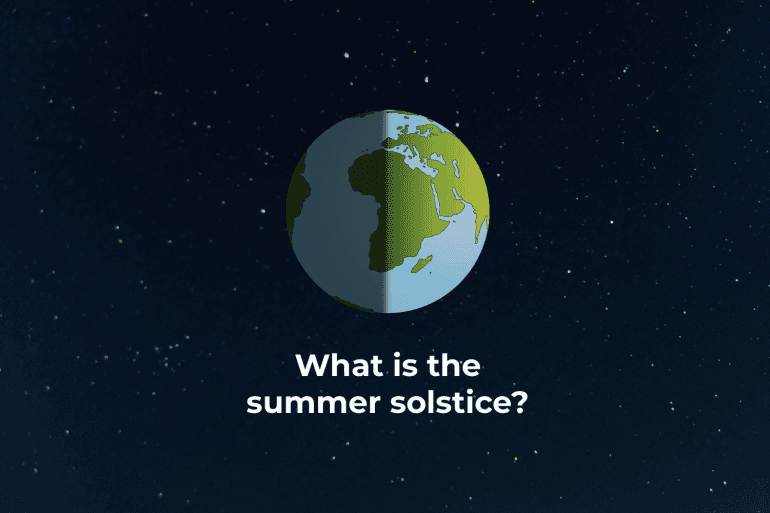On June 21, 2023, we celebrate the summer solstice—the day that marks the official start of summer and the longest day of the year in the Northern Hemisphere. As the Earth orbits the sun, this astronomical event occurs when the sun reaches its highest and northernmost points in the sky, resulting in maximum daylight hours for the Northern Hemisphere and the minimum for the Southern Hemisphere.
What Happens on the Summer Solstice?

The summer solstice of 2023 officially occurred at 10:57 a.m. EDT (14:57 GMT), with the sun positioned directly overhead of the Tropic of Cancer (latitude 23.5 degrees north). This phenomenon is not just about the onset of summer or the longest day; it's also about the Earth's tilt. The June solstice happens at the precise moment when the Northern Hemisphere of the Earth is tilted towards the sun. This results in the Northern Hemisphere receiving sunlight at the most direct angle of the year, leading to longer days and warmer temperatures.
How Do We Measure Daylight Hours?

The amount of daylight you receive during the June solstice can be calculated using tools like The Farmer's Almanac's Sunrise and Sunset Calculator. This can help you plan your day to make the most of the extended daylight hours, whether for work, leisure, or observing the night sky.
A Tale of Two Hemispheres

While the Northern Hemisphere welcomes the summer with longer days and warmer temperatures, the Southern Hemisphere experiences the opposite. The June solstice marks the beginning of winter there, with the sun at its lowest point in the sky. This underscores the balance inherent in our planet's annual journey around the sun—when it's summer in one hemisphere, it's winter in the other.
A Treat for Skywatchers
The summer solstice is not just about the sun; it also brings delights for night sky enthusiasts. In June 2023, skywatchers were treated to a celestial spectacle involving the moon, Venus, and Mars. On the night of June 21, the thin waxing crescent moon formed a triangle to the right (celestial north) of Venus and Mars. Venus and the moon were visible after sunset, and Mars became visible as the sky darkened. These celestial bodies were close enough to share a view in binoculars and set shortly after 11 p.m. local time, providing a wonderful opportunity for stargazing.
Conclusion
The summer solstice is a day of celebration and wonder, marking the start of summer and the longest day of the year. It's a reminder of our planet's continual orbit around the sun, the changing seasons, and the beautiful balance of nature. Whether you spend it soaking up the sun, gazing at the stars, or simply enjoying the extra daylight, the summer solstice is truly a day to savour.


